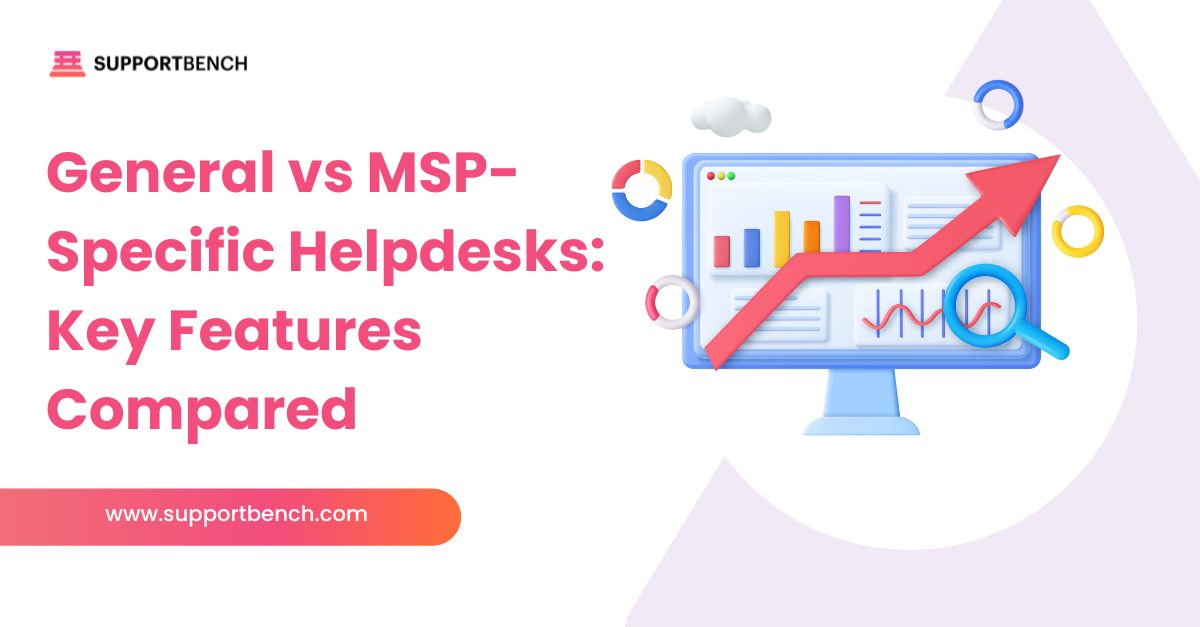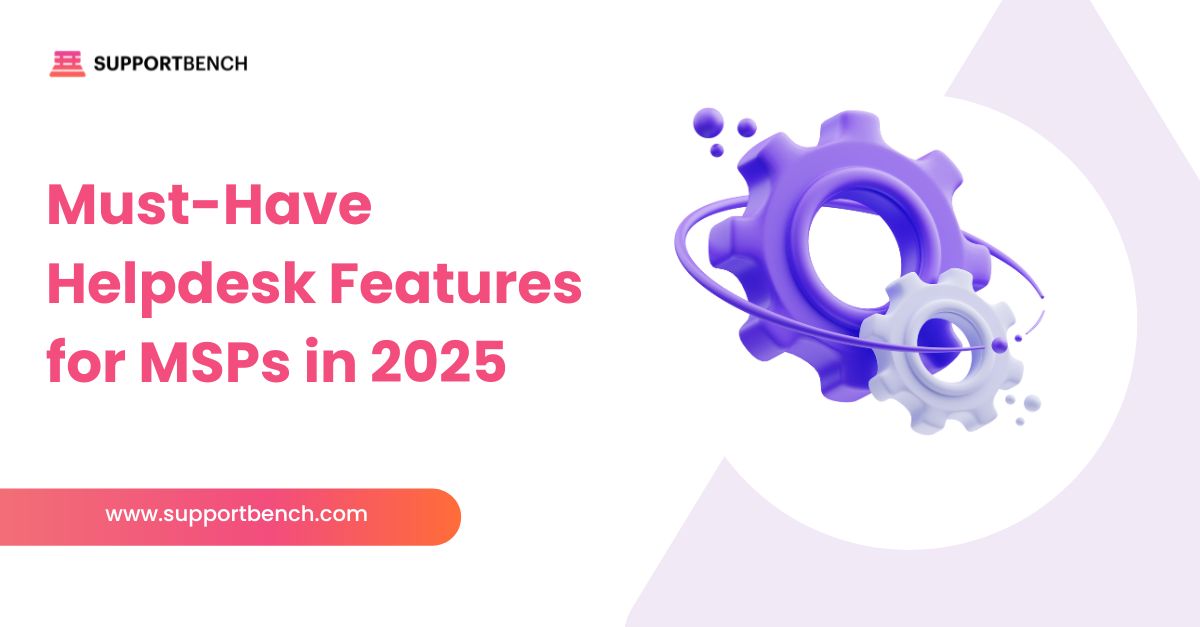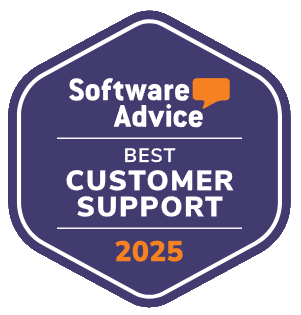As support teams grow and customer expectations rise, manually assigning tickets can quickly become a bottleneck. Delays, misrouted issues, and uneven workloads frustrate both customers and agents—and slow down the entire support process.
Automated ticket routing solves this by using rule-based logic or AI to assign incoming tickets to the most appropriate agent or queue. It ensures that tickets are evaluated and distributed in real time, based on criteria like issue type, urgency, or customer profile.
This kind of automation helps teams respond faster, meet SLA targets, and deliver a more consistent experience across channels.
In this guide, we’ll explain what automated ticket routing is, why it matters, how to implement it correctly, and how platforms like Supportbench can support your team in building scalable, efficient systems—right from day one.
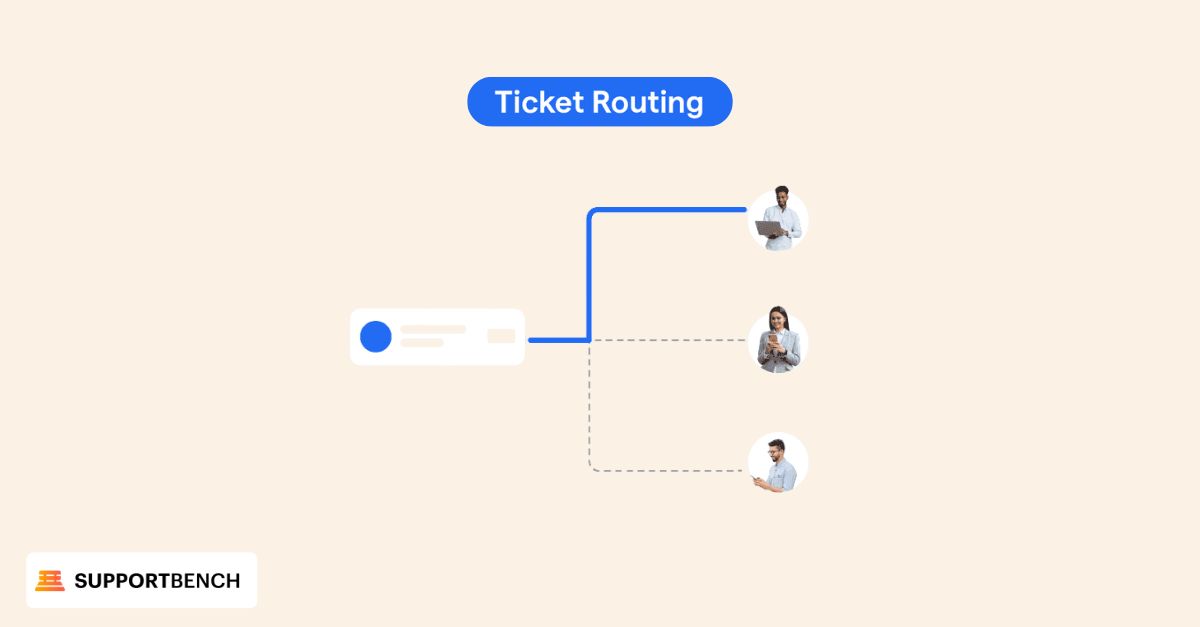
What is automated ticket routing?
Automated ticket routing is the process of assigning support requests to the right team or agent using pre-set rules, AI models, or workflow conditions.
Rather than manually reviewing and triaging each case, the system evaluates tickets based on data like category, priority, channel, or customer status. This eliminates delays and reduces the chance of human error.
As a form of customer support automation, automated routing improves both response times and resolution rates. It helps teams stay ahead of ticket volume without sacrificing quality.
For example, a high-priority billing question from a top-tier customer might go directly to a senior finance agent. Meanwhile, a general product question from a new user could be routed to Tier 1 support.
With platforms like Supportbench, you can set up this logic using customizable workflows, SLA-based triggers, and customer data—all without relying on manual sorting.
Why Automated Ticket Routing Matters
Manual ticket assignment works—until it doesn’t. As ticket volume grows and teams scale, delays in routing and misassigned tickets become common. That slows down response times, creates unnecessary follow-ups, and increases pressure on agents.
Automated ticket routing helps by introducing structure and speed to the process. It ensures tickets are distributed fairly and handled by the right person, right away. The result is a faster, more consistent support experience.
Faster Response Times
Tickets reach the appropriate agent immediately, reducing wait times and helping customers get answers without delay.
Balanced Workload Distribution
Routing rules can factor in agent availability or skill level, preventing overload and helping teams operate more efficiently.
Improved SLA Compliance
By prioritizing tickets based on urgency, category, or customer tier, automated routing supports timely responses and better adherence to service-level goals.
Increased Customer Satisfaction
Fewer hand-offs and quicker resolutions lead to smoother interactions—two of the biggest drivers of customer trust and satisfaction.
Reduced Manual Errors
Automation removes the guesswork from ticket assignment, especially helpful during peak hours or when support spans multi-channel communication integration.
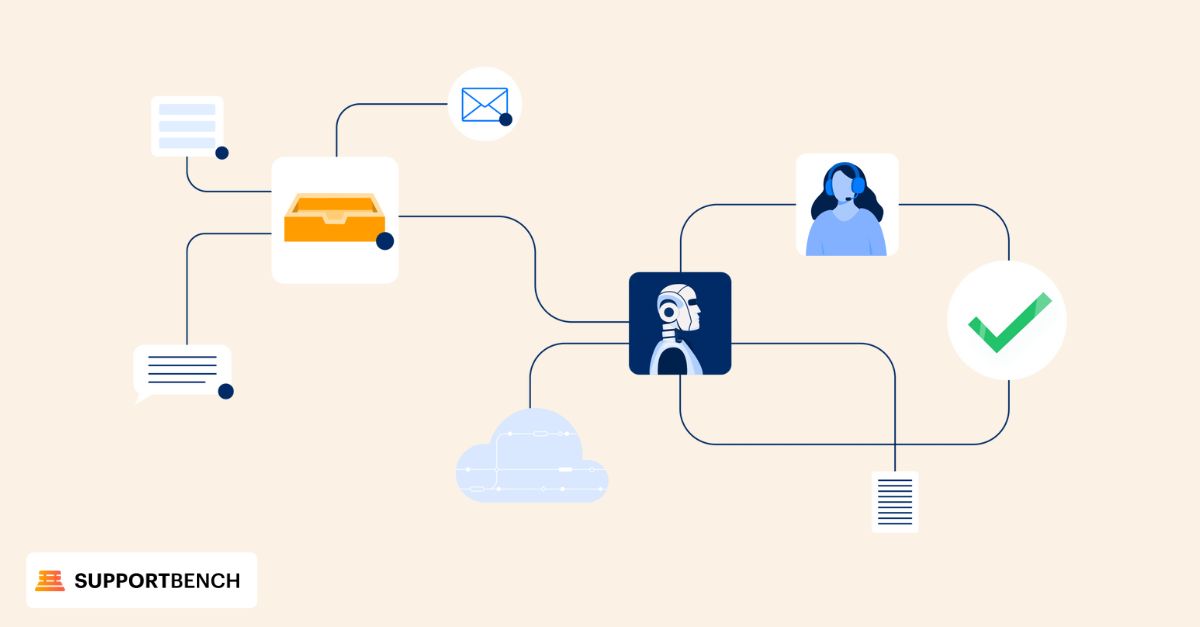
Your Ticket Routing Setup Checklist
Automated ticket routing doesn’t require a full system overhaul. Instead, it starts with a clear understanding of your current workflows, smart rule-setting, and the right technology to support it.
Step 1: Assess Your Current Ticketing Workflow
Map how tickets are currently received, categorized, and assigned. Identify recurring delays, gaps, or inconsistencies that may be slowing down resolution.
Step 2: Define Clear Routing Criteria
Decide which factors should guide ticket assignment. These could include issue type, product line, SLA level, customer tier, or preferred language.
Step 3: Choose the Right Tool
Look for a platform that supports automation rules, integrates with your existing help desk software, and allows no-code customization. AI-based tools can also help interpret ticket data for smarter decisions.
Step 4: Configure Routing Rules
Set up logic that assigns tickets based on the criteria you’ve defined. Use both fixed rules (e.g., by team) and dynamic conditions (e.g., current workload or tags).
Step 5: Run Scenario Testing
Before rolling it out to your full queue, test the system using real or sample tickets. Watch for misrouted cases, rule conflicts, or unassigned tickets.
Step 6: Monitor and Adjust Over Time
After launch, use your dashboards to track routing performance. Use insights to fine-tune rules, reduce reassignments, and ensure that tickets continue to move smoothly.
How to Keep Your Automated Routing System Accurate and Efficient
A well-built ticket routing system lays the groundwork for faster service. But to keep it effective, your rules and logic need regular fine-tuning based on real-world use.
Here are six best practices to help keep your routing system accurate, flexible, and aligned with your support goals.
1. Start with Specific, High-Impact Rules
Focus on a few key use cases first—like VIP escalations or product-based inquiries. It’s easier to refine early setups than to overhaul complex systems later.

2. Match Routing Logic to Agent Skills
Assign tickets based on what agents do best. Factor in certifications, experience, or past resolution data to reduce escalations and improve first-response success.
3. Create Backup Paths
Don’t let rules become too rigid. Build fallback options—like secondary queues or overflow triggers—so that tickets still move forward when the unexpected happens.
4. Encourage Agent Feedback
Automation isn’t perfect. Ask your team to flag misrouted tickets or confusing rule behaviour. Their input helps you catch edge cases and refine your setup.
5. Track Performance Consistently
Use customizable support dashboards to monitor ticket flow, reassignment rates, and SLA trends. These insights help you spot gaps and fine-tune rules as your team grows.
6. Review Rules When Conditions Change
Ticket volume, team structure, and customer needs all shift over time. Schedule regular audits to ensure your routing still aligns with current operations.
Troubleshooting Your Ticket Routing System: Real Solutions
Even well-planned routing systems can face unexpected challenges. Here are some of the most common issues support teams encounter—and how to fix them before they affect performance.
Misrouted or Unassigned Tickets
Conflicting rules or overly narrow criteria can result in tickets being sent to the wrong queue—or not being routed at all.
Solution: Set up fallback conditions in your workflow automation tool. Use default queues or escalation triggers as safety nets, and regularly review logs to audit rule performance.

Inflexible Rules That Don’t Scale
Static conditions may work at first, but they often break down as volume increases, new channels open, or teams grow.
Solution: Design your logic to adapt. Use metadata, tags, and time-based triggers to build flexible pathways that grow with your support structure.
Overloaded Skilled Agents
Routing high-priority tickets to the same experts can cause burnout and create resolution delays.
Solution: Use availability filters and workload caps in your routing engine. This spreads complex tickets across qualified agents while protecting response time and SLA management targets.
Lack of Transparency for Agents
When agents can’t predict how tickets are assigned, they may feel disconnected from the routing logic and goals.
Solution: Make your rule logic visible to team leads. Train agents on the assignment criteria and invite feedback to catch blind spots.
No Post-Launch Monitoring
Once automation is live, it’s easy to forget about it—even as customer needs and ticket volume change.
Solution: Monitor KPIs like reassignment rate, resolution time, and customer satisfaction. Use this data to catch inefficiencies early and schedule regular rule reviews to keep routing logic aligned with team goals.

Case Study: How Wolseley Canada Improved Customer Support Efficiency with Supportbench
Eilis Byrnes, Customer Service and Process Improvement Manager at Wolseley Canada, faced a growing challenge: a small internal team managing 7,000 to 8,000 support emails per month—without a clear workflow or real visibility into agent performance.
The Challenge
With minimal automation in place, agents were left manually sorting emails and tracking follow-ups. Key messages were sometimes missed, and management lacked insight into workloads, SLA adherence, and long-term resolution trends.
The result? Delayed responses, inefficient processes, and a support experience that left both customers and staff underserved.
Why They Chose Supportbench
After reviewing multiple platforms, Eilis selected Supportbench based on four key factors:
✔ Fast configuration and ease of use
✔ Enterprise-level features at a scalable price
✔ Customization without hidden fees
✔ A responsive team willing to adapt the platform to their unique needs
Compared to competitors, Supportbench offered more flexibility and stronger communication without compromising on functionality.
Implementation and Results
Within the first year of using Supportbench, Wolseley Canada transformed its internal support operation. Key improvements included:
✔ Automated ticket routing based on case type and client profile
✔ Centralized ticket management linked to a knowledge base
✔ Greater visibility into agent performance and escalations
✔ Faster resolution of long-standing support issues
Senior leadership gained access to performance insights, while agents were freed from repetitive tasks and empowered to deliver more proactive support.
As Eilis put it,
“The ticketing system assisted us in resolving instances that were long overdue and in providing the staff with a smooth platform experience.”1
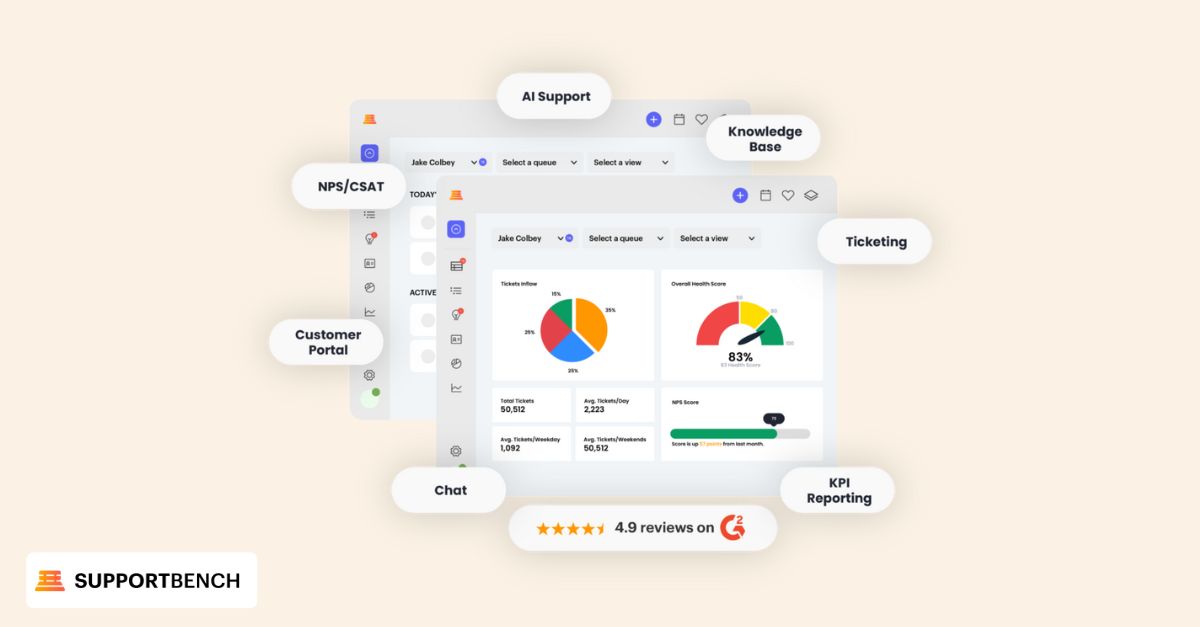
How Supportbench Helps You Automate Ticket Routing with Precision
Supportbench offers a flexible, rule-based routing engine that adapts to the realities of modern support teams. It gives you control over how tickets are assigned, prioritized, and escalated—without manual intervention slowing things down.
Using AI in customer service, Supportbench can interpret ticket data like sentiment, urgency, and customer tier. Based on this context, the system automatically routes the request to the most appropriate agent or queue.
This helps reduce escalations, improve SLA performance, and speed up first-touch resolution.
With Supportbench, you can:
✔ Define routing rules based on ticket attributes, customer data, or channel type
✔ Create fallback conditions and queue logic using visual builders
✔ Monitor performance using customizable dashboards
✔ Adjust workflows quickly as your team structure or business needs change
Supportbench pairs intelligent routing with full workflow automation. This allows your support process to scale without sacrificing accuracy, speed, or accountability.
Conclusion
Automated ticket routing isn’t just about saving time—it’s about getting every customer the right help, at the right moment.
By assigning tickets based on logic, context, and real-time conditions, support teams can reduce delays, increase accuracy, and deliver stronger outcomes across every channel.
With a platform like Supportbench, routing becomes smarter—not just faster. Through data-driven rules, built-in SLA tracking, and machine learning capabilities, your team can scale support operations without losing sight of what matters most: the customer.




